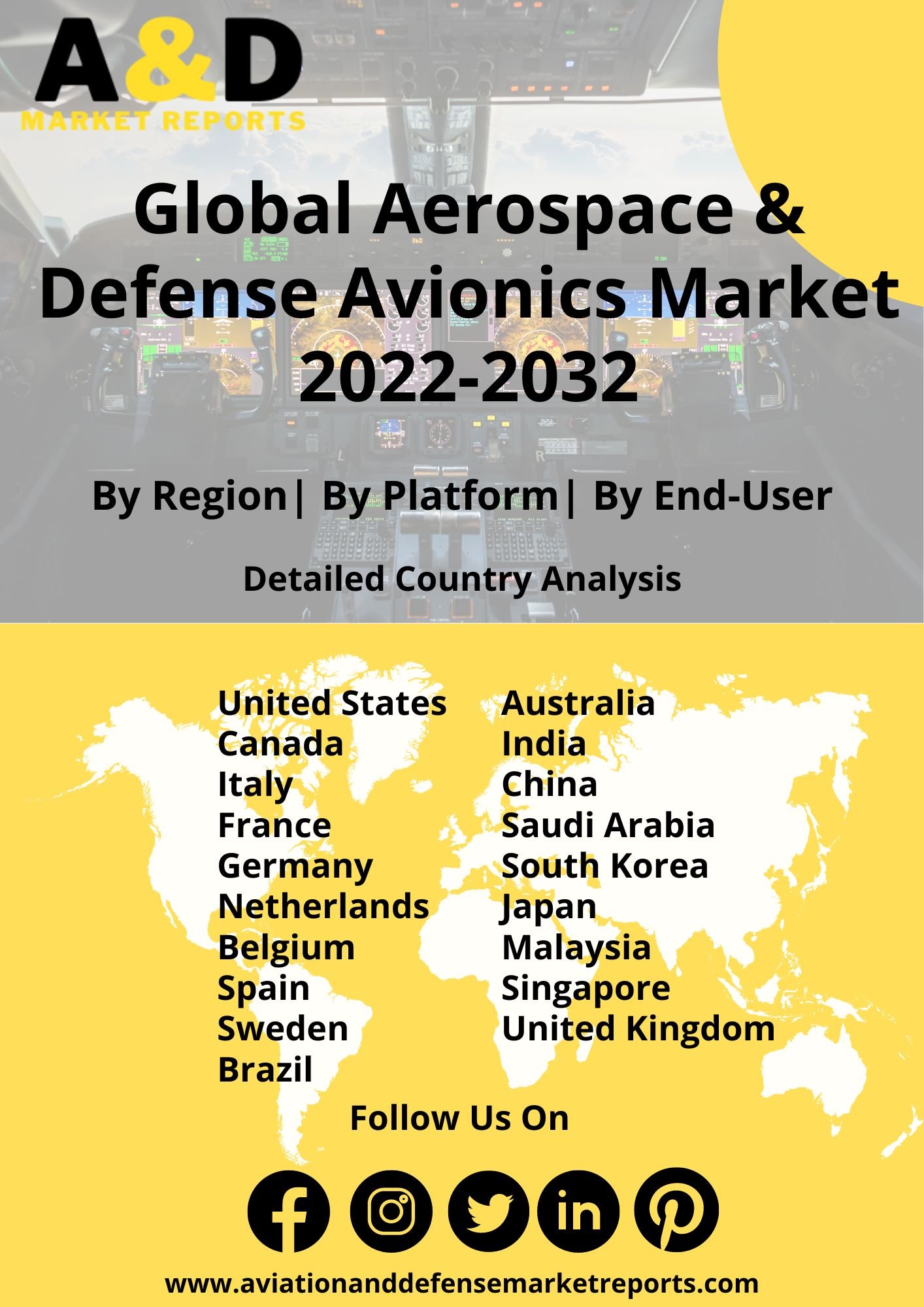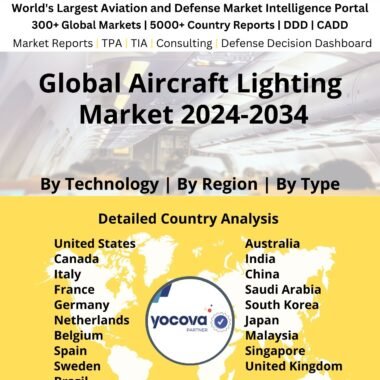Description
What is Defense Avionics?
Defense avionics is a combat-ready, tactical kind of avionics that focuses on electronic systems and equipment present in all kinds of military aircraft. Military avionics includes flight control, navigation, communications functions, activity monitors, electro-optic and infrared threat sensors, weapons trackers, secure tactical communications, countermeasures dispensers, and other embedded electronic support, attack, and protection capabilities.
Being military-oriented, these avionics are also built more ruggedly, either encased in more adversary-resistant containers or custom-built from the ground up with special materials that are inherently better able to withstand damage in the harsh environments in which they must perform. All of these additional safeguards are in place to assist the mission and ensure the safety of the service members who rely on them.
Defense Avionics Market Panorama
The rise in geographical conflicts is driving up demand for sophisticated defense aerospace avionics for combat applications. Increased investments in the defense and military sectors are also supporting market expansion by upgrading current aircraft with new aerospace avionics systems to meet safety and integrity criteria. Military aircraft are increasingly being used for additional functions, such as troop transportation, humanitarian relief, and natural disaster rescue which is fueling market expansion. As a result, all of the aforementioned factors have had a substantial impact on market growth in recent years and are projected to continue for the foreseeable future.
COTs in Aerospace Avionics Market
Extending the life of an aircraft has proven to be difficult and expensive. Increasing the capacity of an avionics system is one of the most significant and vital components of extending the lifetime of a total aircraft system. Many past suppliers of military-grade components go out of business as critical components go out of production or become obsolete.
Furthermore, conventional aerospace avionics systems, which were developed to suit historical requirements, may lack the complete potential to conduct new missions, respond to new threats, or operate well in new information-intensive battlefield conditions. Avionics systems will become more challenging to handle and maintain as the aircraft fleet ages.
Moreover, current avionic systems make enormous use of military specifications and standards, although each avionic function is implemented separately. As a result, a plethora of military hardware, software, and support environments have proliferated, all of which are costly to create, purchase, and maintain. As a result, military avionics equipment and software rely primarily on commercial off-the-shelf technologies.
COVID 19 Outlook
COVID-19 epidemic has slowed military movement and declined the use of military aircraft as governments around the world refrained from deploying military forces in order to avoid disease spread. All ongoing military aircraft avionics projects have been put on hold due to delays in order processing and procurement induced by COVID-19 supply chain constraints. Governments are devoting all economic resources to combating the COVID-19 scenario, while military organizations face severe budgetary limits that impede continued aircraft avionics upgrades. The COVID-19 containment confinement and social isolation imposed by authorities had a negative influence on the military aircraft avionics business.
Key Industry Developments in Defense Avionic Business
Collins Aerospace, Thales Group, Honeywell International Inc., Northrop Grumman Corporation, and L3 Harris Corporation are some of the major market contenders. Increasing investments and forming alliances with major industry players might help small organizations stay afloat. For instance, In December 2021, Aviation experts from the United States Air Force requested real-time operating system (RTOS) software from Green Hills software for an open-systems aircraft mission processor avionics system that would replace antiquated electronics on the C-130J utility plane. In December 2021, Northrop Grumman Corp. avionics professional announced that it will deliver extra sensor networking capability to US Marine Corps combat helicopters under the terms of a USD 24.3 million agreement.
U.S. Marine Corps proposes Sikorsky Aircraft Corp., a Lockheed Martin company to build new CH-53K King Stallion heavy-lift helicopters and integrated avionics systems under the terms of USD 35.3 million in December 2021.
In April 2021, The US Air Force has granted Alion Science and Technology a contract worth USD 77 Million for F-35 avionics research and development.
The US Air Force has offered a new contract of USD 50 million to upgrade the sophisticated avionics suite, which is utilized to enhance the onboard system of U-2 combat aircraft. A new mission computer built to the US Air Force’s open mission systems (OMS) standard allows the U-2 to communicate with systems in the space, air, land, sea, and cyber domains at varying levels of security.
In October 2020, Elbit Systems of America, a US subsidiary of Elbit Systems was awarded a contract worth USD 50 million by The US Army to manufacture spare parts of the Night Vision Imaging System Head-Up Display system of the Aviators.
In addition, as the industry’s competitiveness grows, players need to become more innovative in order to stay ahead of the race in the long run.




